In search of perfect ice
Published on November 26th, 2022
Along the Canadian border, the state of Montana is not near major USA sailing regions, so you’d be excused to never having heard of Flathead Lake. Best known for its significant size and clarity, the Thistle Class will be road tripping there for their 2023 National Championship.
The region is also known for its iceboating with Fort Peck Lake to the east having hosted the 2020 DN North American Championship, with Montana publication Big Sky Journal capturing this fickle sport:
Just as surfers will spend the balance of their year waiting for just the right wave, and skiers will rearrange their lives in pursuit of fluffy mountain powder, so do ice boaters watch for fresh ice and stiff winds. They’re monitoring long- and short-term weather forecasts for their version of powder days, says Flathead Lake ice-boat builder John Eisenlohr, one of the dozens of Montana winter sailors who travel the West in search of perfect ice.
“For us, that’s the first black ice thick enough to play on, plus a certain amount of wind,” Eisenlohr says. “Not too much wind, and no packed snow on the ice. And, if I’m really lucky, the ice will have just a little stippling on it to hold the runners.”
The runners are the steel skates on these minimalist boats, themselves made out of thin laminates of plywood and epoxy that usually weigh far less than the pilots who sail them. There’s not much to these boats, just a fuselage — called a hull — with room for a single pilot, and outriggers that contact the ice with gleaming metal runners.
These crossarms also have cables leading upward to a mast that carries the sail. Think of one as a wooden cross pushed by the wind — often at alarming speeds — as the pilot lays on his or her back in the hull and navigates by pulling a rope that fills the sails and by tilling a front steering runner.
These craft are the winter equivalent of single-person dinghies that ply what ice-boat captains call “soft water,” or any water that has the misfortune of being thawed. In their simplicity, they’re not unlike Flexible Flyer sleds, harnessing wind instead of gravity for their propulsion.
Just as soft-water sailors have races, regattas, and flotillas, so too do these ice boaters, who get together to compete, commune, and share their affection for their boats and a tradition that predates outboard motors and snowmobiles.
“Ice boating has been a sport in the United States since at least the 1800s,” says Tim Ogrinc, who sails northeast Montana’s Fort Peck Reservoir in the winter. “There were ice-boat clubs throughout the Northeast. It was the fastest mode of transportation at the time. In fact, an unofficial speed record of 107 miles per hour was set in an ice boat back in the 1800s. That was far faster than the steam-powered trains of the era.” – Full report


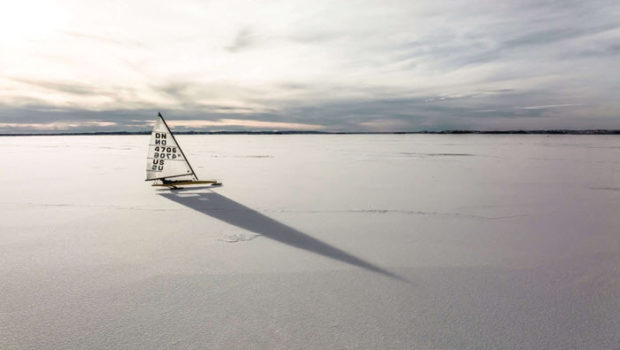


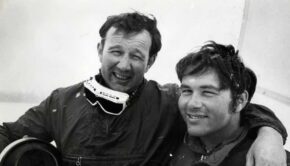
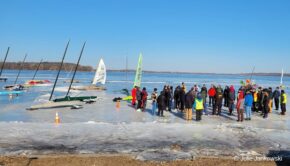
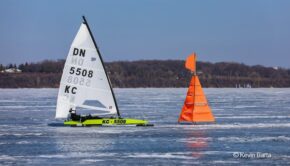
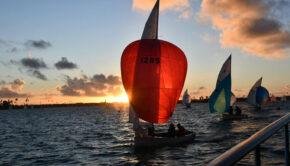
 We’ll keep your information safe.
We’ll keep your information safe.